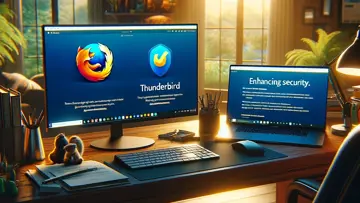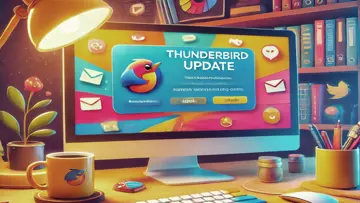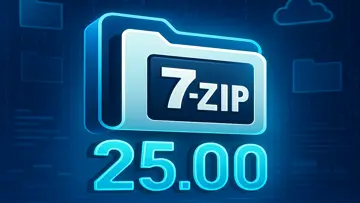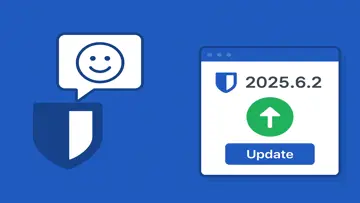2.8 Cassaforte da installare
Designed by a pediatrician, BiliCalc utilizes the American Academy of Pediatrics 2004 guidelines for managing hyperbilirubinemia in infants over 35 weeks old. This application accurately calculates the threshold for initiating phototherapy based on a patient's age, bilirubin levels, and neurotoxicity risk, displaying values on the phototherapy nomogram. Moreover, it identifies the patient's risk zone using the Bhutani Nomogram.
BiliCalc offers the convenience of direct age input and includes a feature to calculate age from birth as well as lab sample times. It provides quick access to source journal articles, nomograms, and a list of neurotoxicity risk factors. The app supports both US and SI units (mg/dL and µmol/L).
App Feature Summary:
- Calculates phototherapy threshold for newborns 35 weeks and older
- Displays values on the phototherapy nomogram
- Suggests a timeframe for subsequent bilirubin level checks based on the patient's risk zone
- Features direct links to reference journal articles
Frequently Asked Questions:
- I think the graph is backwards. Why is low risk at the top and high risk at the bottom?
The graph aligns with the 2004 AAP Hyperbilirubinemia Guidelines. The term "risk" in this context pertains to an infant's likelihood of developing neurotoxicity, distinct from how it is used in the Bhutani Nomogram where it signifies the potential for severe hyperbilirubinemia. The treatment threshold varies depending on predisposing factors across three risk categories. Infants with "low neurotoxicity risk" can tolerate higher bilirubin levels than those classified as medium or high risk. Therefore, high-risk infants require treatment at lower bilirubin levels compared to low-risk infants. The graph correctly positions low risk at the top as higher values are necessary to cross the treatment threshold (phototherapy). You can verify this graph here. For further inquiries, please reach out via email.
This application is tailored for pediatricians, neonatologists, physicians, medical students, and pediatric nurses managing newborns both in hospital settings and as outpatients.
BiliCalc serves as a valuable reference tool only. Users are advised against substituting their clinical judgment with the information provided in the app. Kindly report any errors to the developer.
Keywords: bilitool, bilitool.org, jaundice, hyperbilirubinemia
Panoramica
BiliCalc è un software Commerciale nella categoria Casa e Hobby sviluppato da Jacob Beniflah, MD.
L'ultima versione di BiliCalc is 2.8, pubblicato su 27/03/2024. Inizialmente è stato aggiunto al nostro database su 27/03/2024.
BiliCalc viene eseguito sui seguenti sistemi operativi: iOS.
Gli utenti di BiliCalc ha dato un punteggio di 3. 5 stelle su 5.
Imparentato
ABFM CKSA
The American Board of Family Medicine (ABFM) mobile application for Continuous Knowledge Self-Assessment is a valuable tool for family physicians and residents looking to complete activities for Continuous Certification credit.Apgar Score - Quickly test the health of a newborn baby
Apgar Score is a professional tool tailored for healthcare providers, including physicians, nurses, midwives, students, and other medical practitioners. It is rooted in the evaluation system pioneered by Dr.BiliBuddy
Neonatal jaundice is a common condition in newborns, affecting approximately 50% of term infants and 80% of preterm babies. In the days following birth, monitoring bilirubin levels becomes a regular practice in the nursery.Bilirubin: Bilitool Bili Tool
Introducing the new and improved Offline Bilitool, now offering comprehensive guidelines from both the 2022 and 2004 American Academy of Pediatrics (AAP).Contraception Point-of-Care
Contraception Point-of-Care provides clinicians and trainees with a comprehensive resource to facilitate the effective delivery of contraception services to women and couples.CRADLE White Eye Detector
The CRADLE White Eye Detector app is designed to assist parents in identifying the presence of white eye in their children's photos.App Store
con UpdateStar freeware.
Ultime recensioni
|
Aiseesoft Mac PDF Converter Ultimate
Trasforma la tua esperienza PDF con Aiseesoft Mac PDF Converter Ultimate |
|
|
AnyMP4 Blu-ray Ripper for Mac
Copia facilmente Blu-ray con AnyMP4 Blu-ray Ripper per Mac |
|
|
ASPX to PDF Converter
Trasforma i tuoi file ASPX in PDF professionali con facilità |
|
|
PST Compress and Compact
Efficiente strumento di compressione PST di SysInfoTools |
|
|
LeaderTask Daily Planner
Rimani organizzato e raggiungi i tuoi obiettivi con LeaderTask Daily Planner |
|
|
SJ
SJ: Un punto di svolta per lo sviluppo di software |
|
|
UpdateStar Premium Edition
Mantenere aggiornato il tuo software non è mai stato così facile con UpdateStar Premium Edition! |
|
|
Microsoft Edge
Un nuovo standard nella navigazione web |
|
|
Google Chrome
Browser Web veloce e versatile |
|
|
Microsoft Visual C++ 2015 Redistributable Package
Migliora le prestazioni del tuo sistema con Microsoft Visual C++ 2015 Redistributable Package! |
|
|
Microsoft Visual C++ 2010 Redistributable
Componente essenziale per l'esecuzione di applicazioni Visual C++ |
|
|
Microsoft OneDrive
Semplifica la gestione dei file con Microsoft OneDrive |









